ECB is widely expected to keep monetary policy unchanged today. Main refinancing rate will be held at 4.50%, and deposit rate at 4.00%. Given the lack of significant new data since the December meeting, it’s improbable that ECB will offer fresh policy directions. Instead, it’s expected that the market will have to await March meeting, which will include new economic projections, for any substantial updates.
President Christine Lagarde is likely to continue her stance against the speculation of imminent rate cuts. It is anticipated that she will emphasize the persistence of underlying price pressures, especially in the services sector, and highlight the various risks still in play. These risks range from impending wage negotiations to geopolitical tensions, such as the ongoing Red Sea blockade.
However, the tone adopted by Lagarde regarding the Eurozone’s economic condition will be scrutinized closely. Recent economic data, including this week’s PMIs suggests that Eurozone might be already in a recession in the last quarter and is witnessing a sluggish start to the new year. Should President Lagarde express heightened concern over the economic situation, it could potentially trigger market participants to increase their bets on an earlier rate cut.
EUR/CHF’s deep retreat this week suggests initial rejection by 55 D EMA (now at 0.9447). Deeper pull back is now mildly in favor as long as 0.9471 holds, towards 0.9252 low. But a break there is not envisaged at this point. Meanwhile, break of 0.9471 will resume the rebound, as a correction to whole down trend from 1.0095, to 38.2% retracement of 1.0095 to 0.9252 at 0.9574.




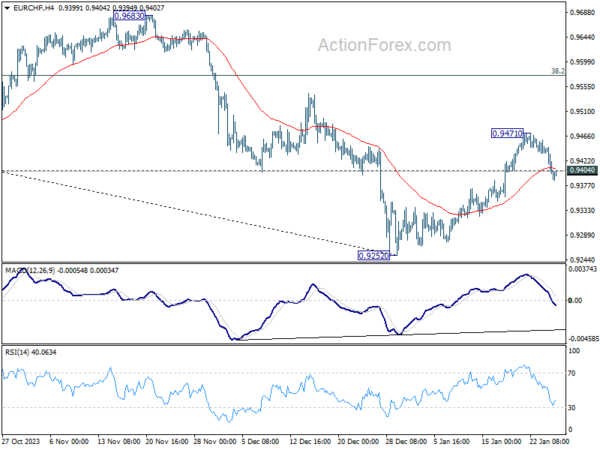
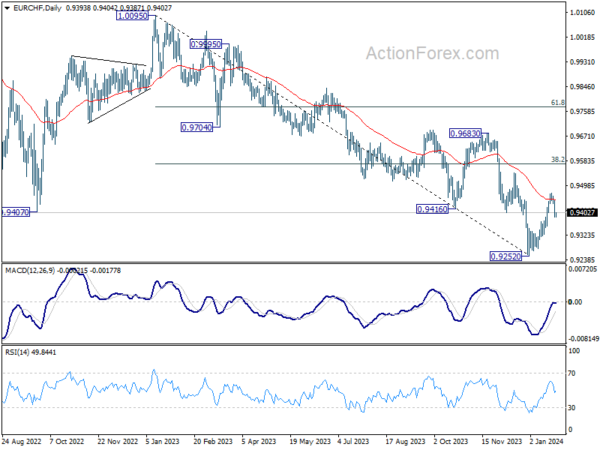
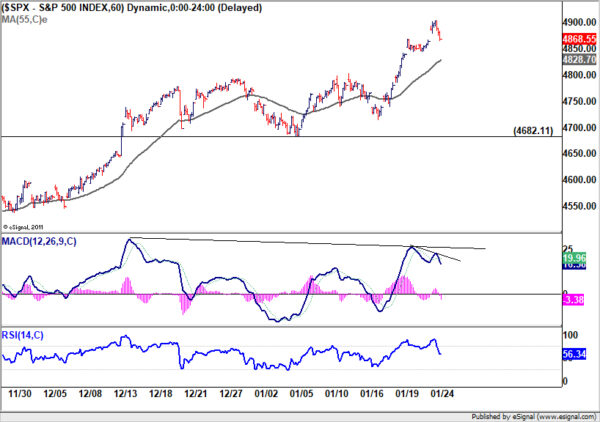
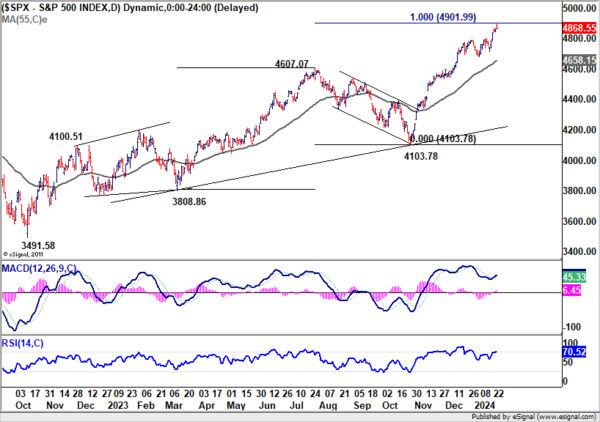
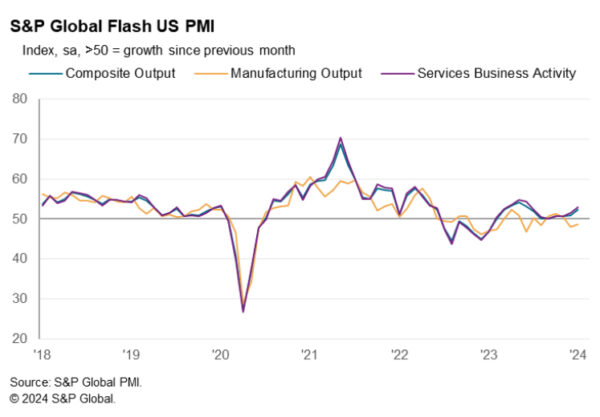
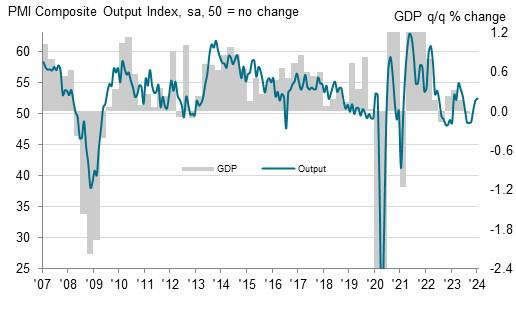
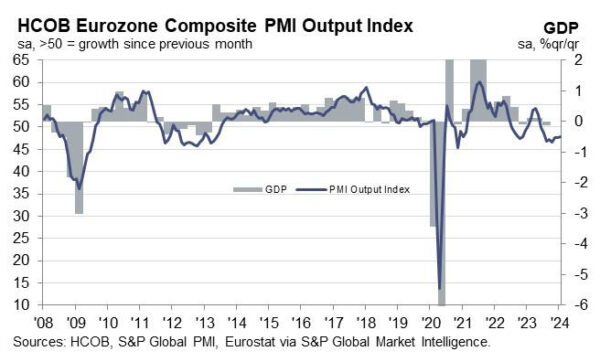
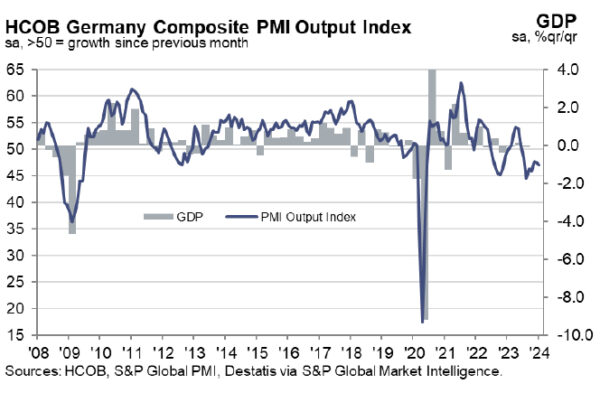
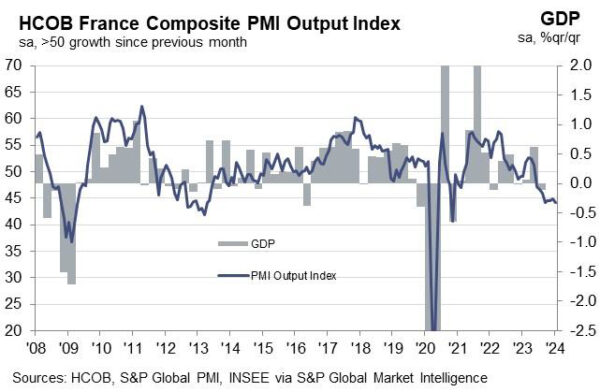
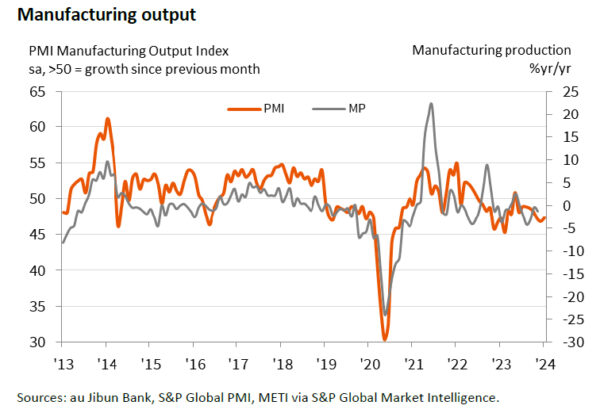
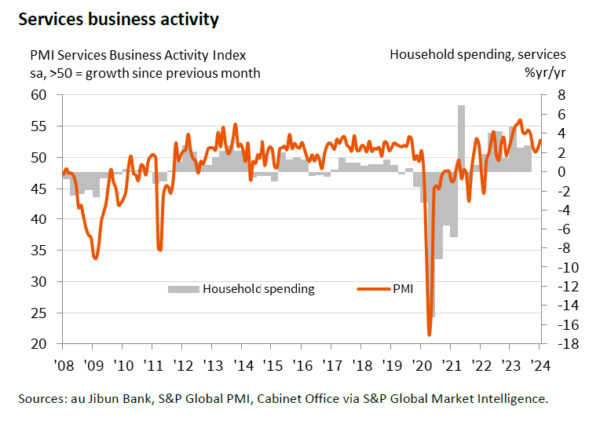
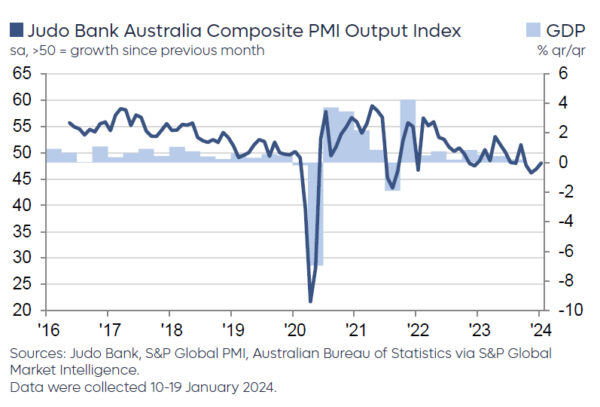
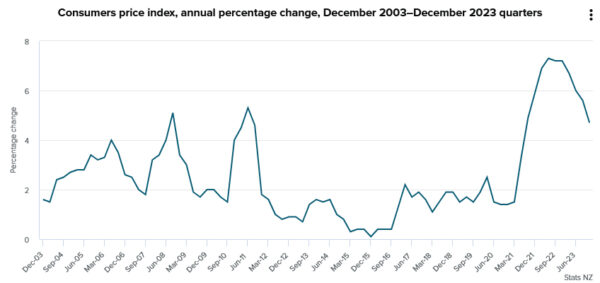
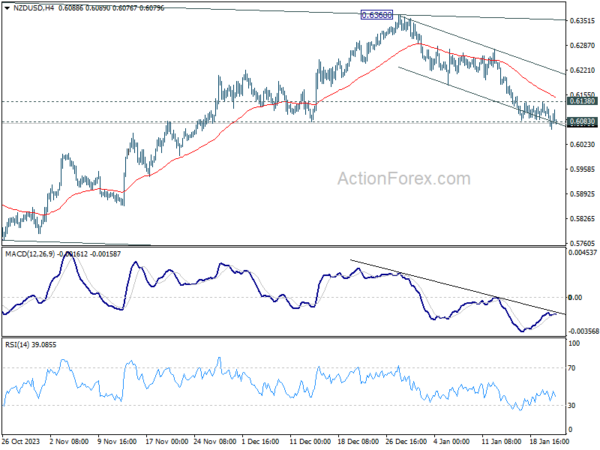
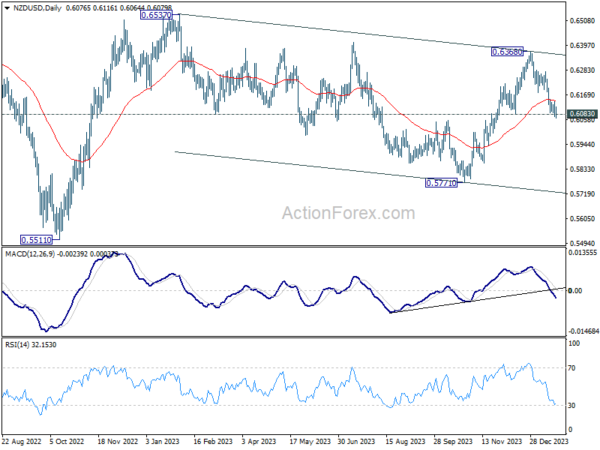
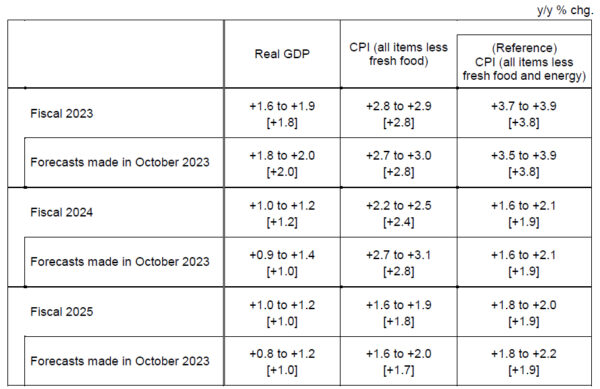
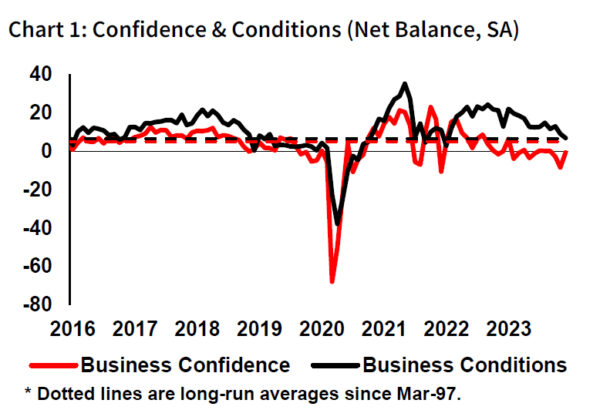
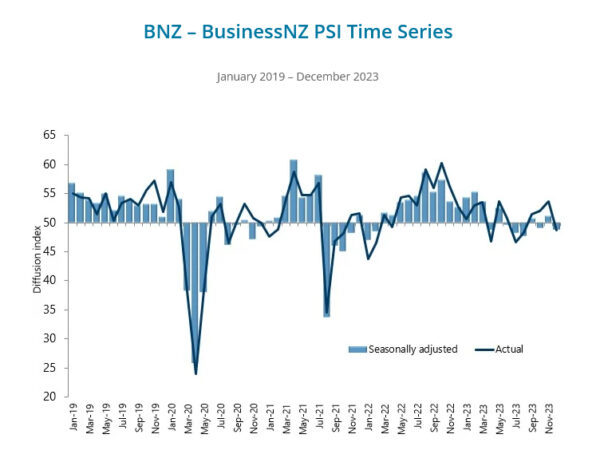

Germany Ifo business climate falls to 85.2, stuck in recession
German Ifo Business Climate fell from 86.3 to 85.2 in January, below expectation of 86.7. Current Assessment Index fell from 88.5 to 87.0, below expectation of 88.6. Expectations Index fell from 84.2 to 83.5, below expectation of 84.9.
But sector, manufacturing rose from -17.4 to -16.0. Services fell from -1.7 to -4.9. Trade fell from -26.7 to -29.7. Construction fell from -33.5 to -35.9.
Ifo said, sentiment among German companies has deteriorated further at the beginning of the year. The German economy is “stuck in recession”.
Full German Ifo release here.